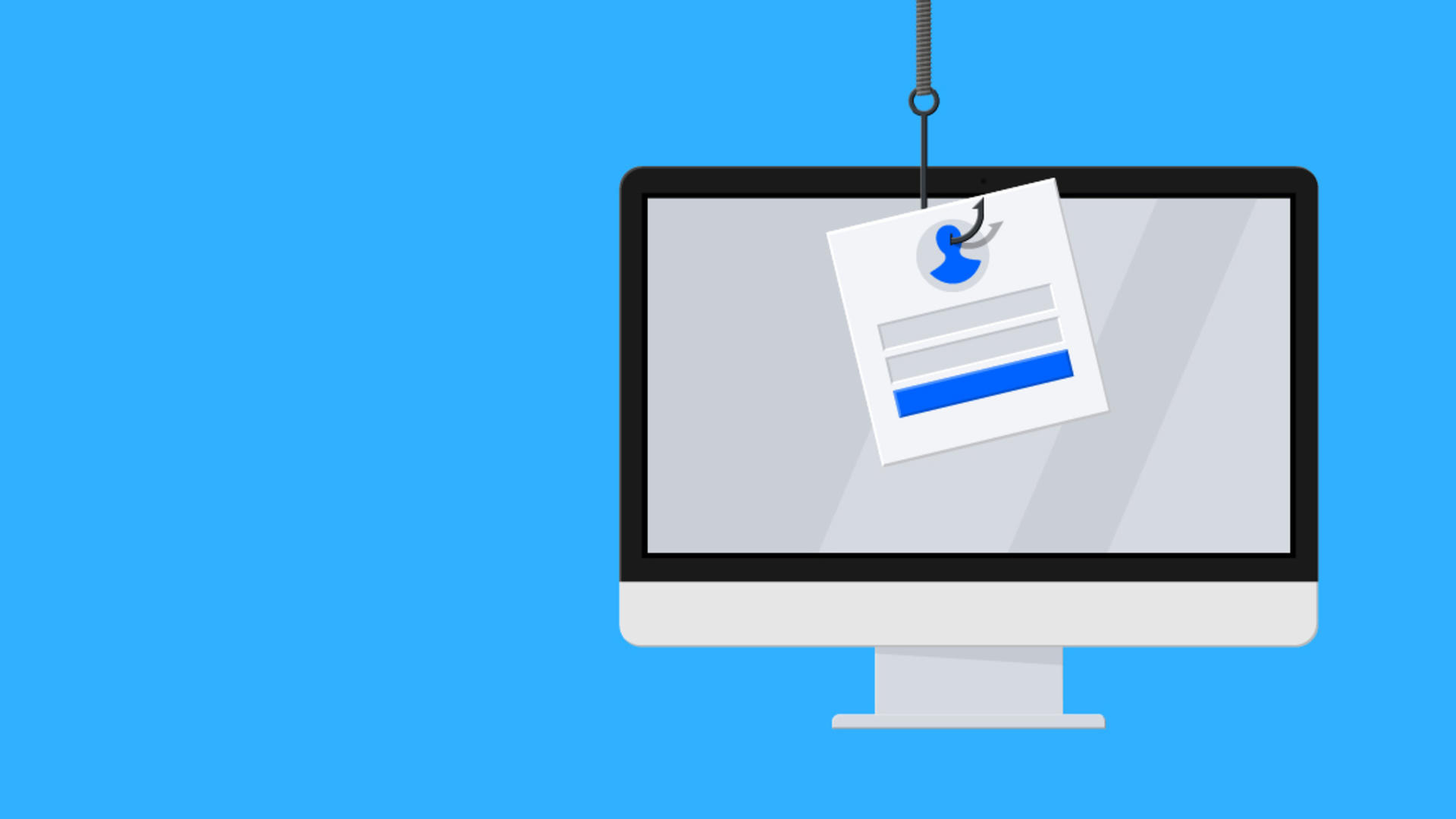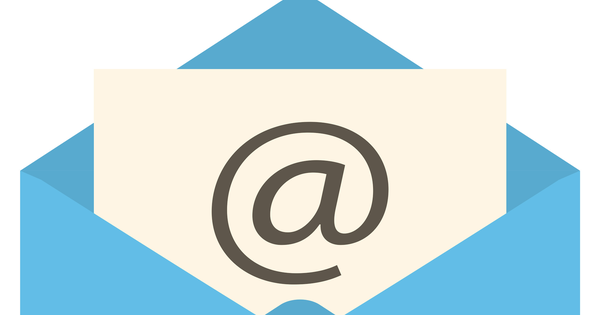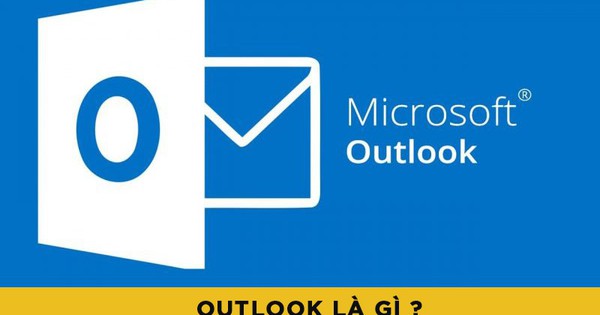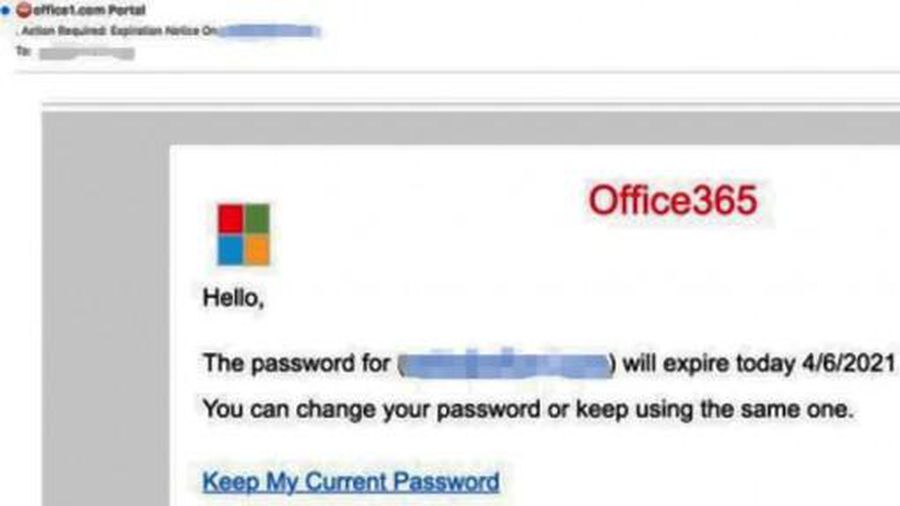What is Phishing Email? How to prevent Phishing Email effectively
 What is Phishing Email? How to prevent Phishing Email effectively Picture 1
What is Phishing Email? How to prevent Phishing Email effectively Picture 1
Email phishing has become one of the most common and dangerous threats in cybersecurity today. According to Proofpoint's 2022 Report, 83% of organizations fell victim to a phishing attack last year. Although awareness of email phishing has increased, the risk of people being attacked shows no signs of decreasing. So what is email phishing? How to detect email phishing? Let's find out the details with TipsMake in the article below!
What is Phishing Email?
Phishing is a type of online fraud, fraudulent emails that appear to be from a legitimate company and ask the recipient to provide sensitive personal information. These phishing emails often include a link, and when you click on the link, you are directed to a website that looks like the company's, asking you to fill in information fields. In reality, this is a sophisticated fake website and the information you provide is sent directly to the scammer.
The term 'phishing' is a play on the word fishing, because criminals are using 'bait' (legitimate-looking emails, legitimate-looking websites) to lure users into giving them information. This information includes credit card numbers, account numbers, passwords, usernames, and other important information.
See how these sophisticated scams work in the following example: a fake Charles Schwab notification. The following image highlights the telltale signs of a phishing email.
Some Types of Phishing Email
Here are some types of phishing emails that cybercriminals use to trick you:
Phishing Email impersonating a business
Hackers send emails impersonating reputable companies such as Amazon, PayPal, Gmail, etc. The emails often ask customers to confirm information or visit the business's website by clicking on a link provided by the hacker and often inform about the impending consequences if you do not take this action.
Phishing Email impersonating government organizations and state agencies
With this type of email, the hacker will impersonate a government organization or agency to scare you into giving up your information. Common messages include "Your insurance has been denied due to insufficient information. Click here to provide your information." or inform you that you are eligible for a tax refund, or that you have been selected for an audit. It then asks you to submit a refund request or tax form, and all your information will fall into the hacker's hands.
Phishing Email fake notification of account hacking or virus infection
These types of emails tell you that your computer has been infected with a virus or that one of your accounts has been compromised. To avoid losing money or data, or to avoid infecting your computer with a virus, the email instructs you to click on a link to download an attachment.
Phishing Email impersonating a bank notification
Your bank may send you an account notification email when you withdraw money. Using this, a hacker will trick you with a fake account notification stating that an amount has been withdrawn from your account that exceeds your account limit. If you have any questions about the withdrawal, it will provide you with a link that leads to a form asking for your bank account number 'for verification purposes'. Instead of clicking on the link, call your bank to avoid having your information stolen.
Phishing Email impersonating an old acquaintance
Be careful with emails sent from old acquaintances, former colleagues. with the content of needing help, asking for urgent loans. Call them to verify before taking any action.
Phishing Email spoofing payment problem notification
This scam is tricky because it seems so plausible. The email claims that an item you purchased online cannot be delivered because your credit card has expired, or your billing address is incorrect, etc. If you click on the link provided in the email, it takes you to a fake website and asks you to update your billing/shipping information, etc.
Phishing Email fake winning notification
Don't get too excited when you receive emails saying you've won a prize, or received an inheritance from a relative you've never heard of. To claim the prize, the email will ask you to click on a link and enter your information to transfer the prize, at which point your information will be stolen by hackers.
Phishing Email impersonating the victim
In this type of email, the hacker will 'pose' as an angry customer and accuse you of doing something bad. For example, the hacker pretends that they have sent you money but have not received the product. The email ends with a threat that they will notify the authorities if they do not receive a response from you. The email will include a link for you to respond to the fake customer, and your account will be stolen when you log in to this link.
How to Identify Phishing Email
Phishing emails are crafted to avoid detection by email filters due to their complexity. They have appropriate Sender Policy Framework and SMTP controls to bypass filter front-end checks and are rarely sent in bulk from blacklisted IP addresses.
However, phishing emails often have common characteristics; they are often designed to trigger emotions such as curiosity, sympathy, fear, and greed. Here are some signs to help you spot a phishing email that can help prevent hacker attacks and network intrusions.
1. Email requiring urgent action
Emails that threaten negative consequences or lost opportunities unless urgent action is taken are often phishing emails. Attackers often use this approach to pressure recipients into taking action before they have a chance to examine the email for potential flaws or dangers.
2. Emails with grammatical and spelling errors
Another way to spot a phishing email is by looking for grammar and spelling errors. Many companies use a spell checker on their outgoing emails by default to ensure their emails are grammatically correct. Some companies that use browser-based email clients also often use features that automatically detect or highlight spelling errors in their web browsers.
3. Inconsistency in Email Addresses, Links & Domain Names
Another way to spot a scam is to look for inconsistencies in email addresses, links, and domains. Does the email appear to be from a familiar organization that you regularly interact with? If so, check the sender's address against previous emails from the same organization. Check whether a link is legitimate by hovering your mouse over it. If an email appears to be from Google, but the domain is different, report the email as a scam.
5. Suspicious attachments
Most work-related file sharing now happens through collaboration tools like SharePoint, OneDrive, or Dropbox, so internal emails with attachments should always be treated with caution - especially if they have the extension .zip, .exe, .scr, etc.
6. Emails asking for login information, payment information, or sensitive data
Emails from an unfamiliar sender that request login credentials, payment information, or other sensitive data should always be treated with caution. Scammers may create fake login websites that look very similar to the real ones and send emails containing links that direct recipients to the fake site. In this case, you should refrain from entering information unless you are 100% certain that the email is not a scam.
How to Block Phishing Email
Phishing is a serious threat to personal and business cybersecurity. Attackers use fake emails to steal sensitive information such as passwords, credit card numbers, and a host of other personal information. To protect yourself from phishing attacks, take the following steps:
- Do not provide personal information via email : Do not share sensitive personal information including: passwords, bank account numbers, citizen identification numbers,. via email. If you receive an email asking for personal information, consider it a clear warning sign of a phishing attack.
- Use security software: Install and regularly update anti-virus and firewall software on all computers, phones, and iPads. This software will help detect and block malware that can be used in phishing attacks.
- Learn to recognize phishing emails: Attackers often use tricks to make phishing emails look like legitimate emails. Look for these signs: Sender email address, spelling and grammar errors, urgent requests, suspicious links, etc.
- Block and report phishing emails: If you receive a phishing email, block the sender and report the email to your email service provider. Many email providers have a feature to report spam or phishing.
- Use two-factor authentication (2FA): 2FA adds an extra layer of security to your account by requiring an authentication code in addition to your password. This makes it much harder for phishing attackers to steal your account.
How to Prevent Phishing Email?
- Do not open any attachments if you are not 100% sure the sender is legitimate.
- Be conscious of protecting your personal information
- Educate yourself about the signs of fraud
- Always be careful and vigilant when online
- Trust your intuition: As humans, we are very good at detecting deviations, be alert to detect things that could harm you.
- Use antivirus software
You should read it
- 4 tools to detect phishing emails
- [Infographic] 4 types of Phishing are easy to trap users
- How to report phishing emails in Outlook.com
- Warning: New email phishing tactics appear
- How to identify phishing emails
- [Infographic] How to recognize and prevent Phishing attacks
- 5 signs to identify phishing websites
- Microsoft warns of phishing campaigns targeting Outlook Web App and Office 365 users
- The only secure email is the text-only email
- Outlook on Android is about to add phishing email feature
- Beware of the 7 most common types of spam
- What is Callback Phishing? How to fight it?
May be interested

How to check if Email exists or not using command line

Top 10 best Email verification software today

Instructions on how to log in to Outlook on your phone in the simplest and most detailed way

How to recall an email in Outlook or replace it with a new one

Top of the best free email services

How to retrieve Facebook password when forgotten by phone number, Email, Messenger






 How to identify phishing emails
How to identify phishing emails![Photo of [Infographic] How to recognize and prevent Phishing attacks](https://tipsmake.com/data/thumbs_80x80/[infographic]-how-to-recognize-and-prevent-phishing-attacks_thumbs_80x80_DRpd8TNMW.jpg) [Infographic] How to recognize and prevent Phishing attacks
[Infographic] How to recognize and prevent Phishing attacks 4 tools to detect phishing emails
4 tools to detect phishing emails![Photo of [Infographic] 4 types of Phishing are easy to trap users](https://tipsmake.com/data/thumbs_80x80/[infographic]-4-types-of-phishing-are-easy-to-trap-users_thumbs_80x80_q5IK2um5z.jpg) [Infographic] 4 types of Phishing are easy to trap users
[Infographic] 4 types of Phishing are easy to trap users How to report phishing emails in Outlook.com
How to report phishing emails in Outlook.com Warning: New email phishing tactics appear
Warning: New email phishing tactics appear